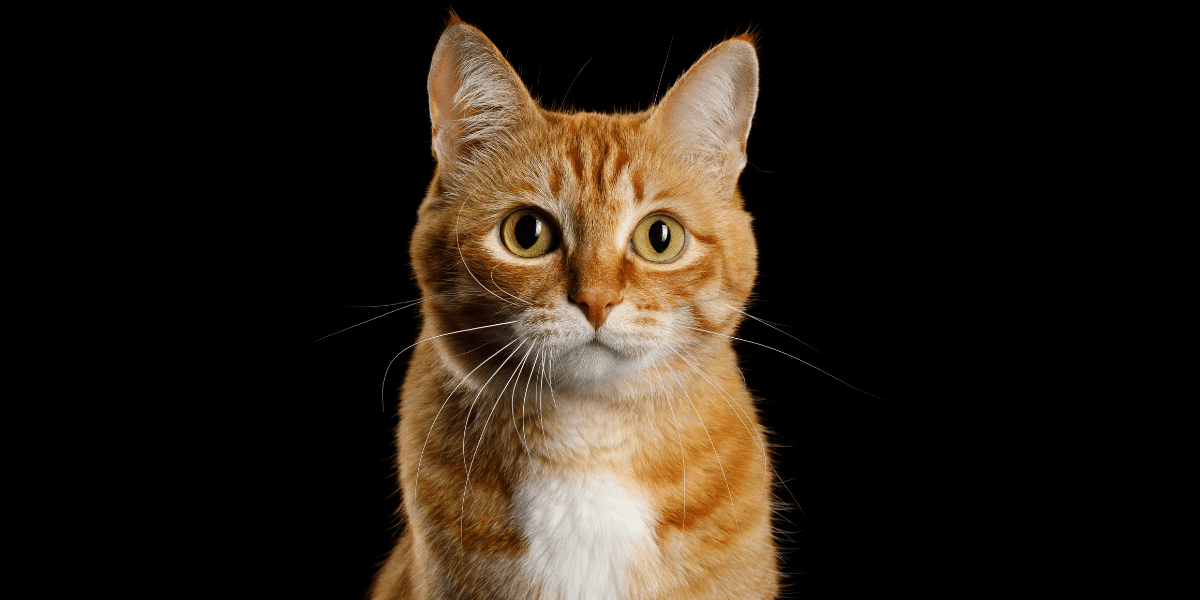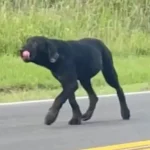How Cats Domesticated Themselves Unlike Dogs, DNA Research Reveals
The Unique Path to Domestication
While most domesticated animals, such as dogs, cattle, and chickens, have undergone genetic changes due to human intervention, research suggests that cats have followed a different path. Instead of being purposely bred for specific traits, cats appear to have domesticated themselves, staying remarkably similar to their wild ancestors.
A recent genetic study published in Nature Ecology & Evolution explored feline DNA from different ancient populations, including mummified Egyptian cats and cat remains from the Stone Age. The findings revealed that domestic cats are almost identical to wild cats that roamed thousands of years ago. Unlike dogs, whose domestication was heavily influenced by humans, cats chose a life alongside human settlements based on opportunity rather than dependence.
How Cats Integrated with Humans
For millennia, humans have selectively bred dogs for traits such as obedience, strength, and companionship. By contrast, cats were never bred for specific purposes—at least not until more recent history.
Researchers believe that wild cats began living near human agricultural settlements around 8,000 years ago. With these settlements came an abundance of rodents, providing a free and easy food source. Cats that tolerated humans had a survival advantage, as they could hunt rodents while avoiding natural predators.
Humans likely recognized the benefits of having natural pest control and welcomed these independent creatures into their homes. Over time, this coexistence led to a loose form of domestication, but cats remained in control of how they interacted with people.
Minimal Genetic Changes Over Time
Unlike other domesticated animals that have undergone significant genetic evolution due to human intervention, cats have remained largely unchanged. Early domesticated felines retained a wild appearance, with their physical characteristics and survival instincts intact.
Some minor genetic changes associated with domestication started to appear during the Middle Ages. One of the most notable mutations was the development of the tabby cat coat pattern, which first emerged around 1,300 CE in the Ottoman Empire. The familiar stripes and blotches we associate with many domestic cats today were relatively rare in the early days of their interaction with humans.
By the 18th century, the tabby pattern had become more common, marking one of the few visible distinctions between wild and domestic felines. However, even with selective breeding, the genetic variation among cat breeds remains relatively small compared to other domesticated species like dogs.
Cats Today: Still Wild at Heart
Modern house cats may enjoy warm beds and regular meals, but their instincts remain strong. Unlike dogs, which rely on human leadership, cats continue to exhibit traits of self-sufficiency, including hunting behaviors and territorial instincts.
Unlike traditional domestication, where humans intentionally bred animals for certain traits, cats integrated into human life on their own terms. Their ability to provide pest control allowed them to secure a place in households without altering their core characteristics.
As study co-author Eva-Maria Geigl noted, “Cats have remained mostly unchanged throughout history because there was no need to change them.” Unlike most domesticated species that evolved under human pressure, felines have preserved their natural independence while thriving alongside people.
Conclusion
Cats may share our homes, but their DNA reveals a fascinating truth—they remain largely wild animals at heart. Unlike dogs, which were bred over centuries for companionship, cats chose to live near humans while maintaining their innate instincts. This unique path to domestication is yet another reason why our feline companions remain so mysterious, independent, and beloved.









Facebook Comments